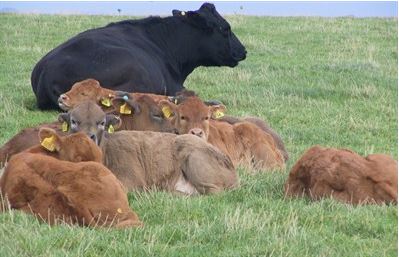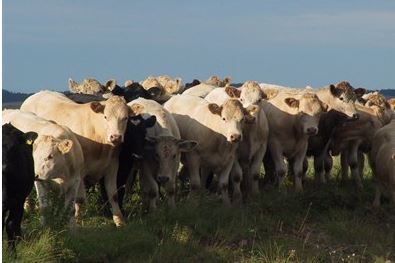



What Are the Dangers of a Warm and Wet October?
October was wetter and warmer than average, contrasting with a dry September, and raising the risk of parasites to cattle.Overall rainfall was 125 per cent of UK average, while sunshine was 91 per cent, reports the National Animal Disease Information Service (NADIS).
Sunniest areas were Northern Ireland, Scotland's Western Isles and England's east coast.
Consequently, farmers NADIS is advising farmers to watch out for liver fluke and cattle nematodes in its latest parasite update.
Liver Fluke in Cattle
- Out-wintered cattle considered at risk should be dosed for fluke now with a product with some activity against immature fluke, write NADIS experts.
- Housed cattle, if not already dosed after housing, may be dosed with closantel or nitroxynil (when housed for 6 weeks or more) or albendazole, clorsulon or oxyclozanide (when housed for 12 weeks or more), thereby avoiding the use of triclabendazole and reducing selection pressure for resistance.
- Serum or bulk milk ELISA testing and slaughterhouse liver reports, are practical methods of detecting fluke-infected herds.
Cattle Nematodes
- Ostertagia larvae ingested by susceptible stock during the autumn may have halted development and over-winter (as early L4) in the abomasal (stomach) wall.
- These larvae resume their development in late winter/spring and can cause outbreaks of acute scour with deaths (type 2 ostertagiosis).
- Susceptible animals exposed to helminth-contaminated pastures during the later 2014 grazing season will be at risk from type 2 ostertagiosis unless they have been dosed with a larvicidal anthelmintic at housing or at least before late winter.
- Lungworm outbreaks decrease significantly in November. Coughing in unvaccinated susceptible cattle at pasture before housing, or in un-dosed stock after housing, should be investigated for the possibility of lungworm.
- Autumn-born beef calves should not require anthelmintic treatment at housing.
Susceptible cattle exposed to contaminated pastures during the later 2014 grazing season will be at risk to type 2 ostertagiosis unless they were dosed with a larvicidal anthelmintic after housing.

Autumn-born beef calves should not require anthelmintic treatment at housing. Photographs courtesy of NADIS.
Local farm conditions may vary so consult your veterinary surgeon. Parasite control should be part of your veterinary health plan.



